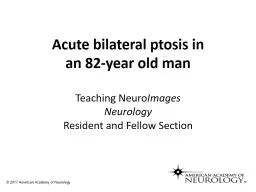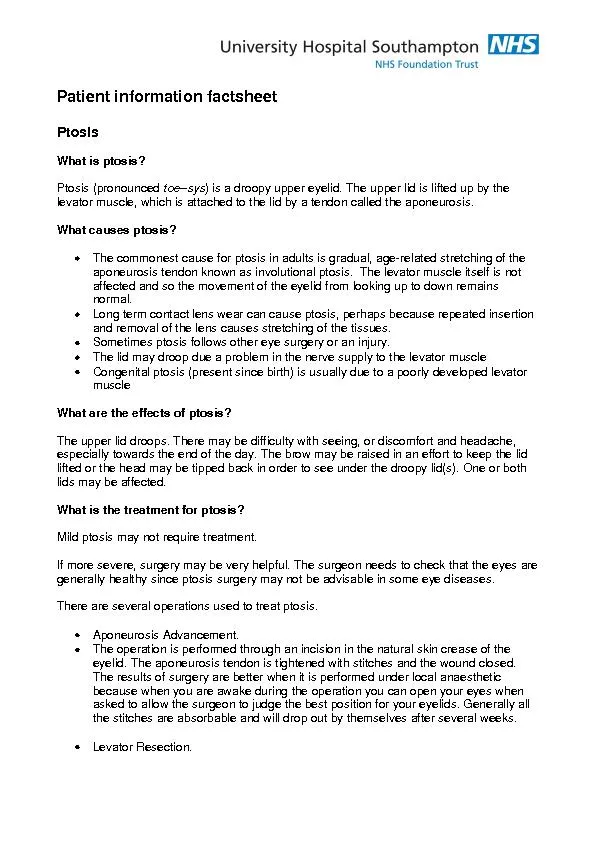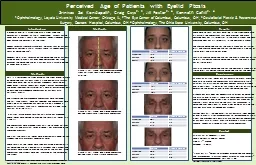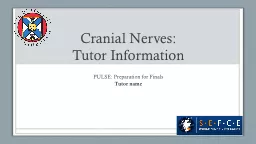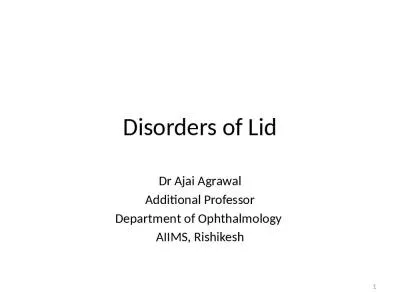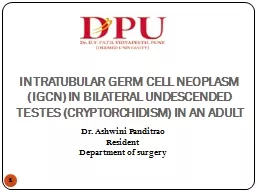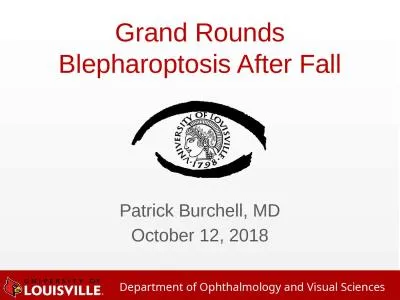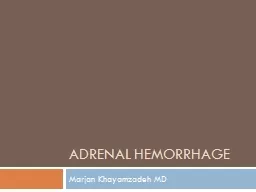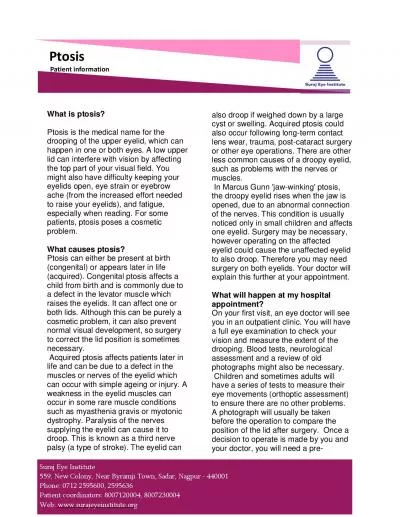PPT-Acute bilateral ptosis in an 82-year old man
Author : beastialitybiker | Published Date : 2020-06-23
Teaching Neuro Images Neurology Resident and Fellow Section 2017 American Academy of Neurology Vignette An 82yearold man with atrial fibrillation nonadherent to
Presentation Embed Code
Download Presentation
Download Presentation The PPT/PDF document "Acute bilateral ptosis in an 82-year old..." is the property of its rightful owner. Permission is granted to download and print the materials on this website for personal, non-commercial use only, and to display it on your personal computer provided you do not modify the materials and that you retain all copyright notices contained in the materials. By downloading content from our website, you accept the terms of this agreement.
Acute bilateral ptosis in an 82-year old man: Transcript
Download Rules Of Document
"Acute bilateral ptosis in an 82-year old man"The content belongs to its owner. You may download and print it for personal use, without modification, and keep all copyright notices. By downloading, you agree to these terms.
Related Documents

